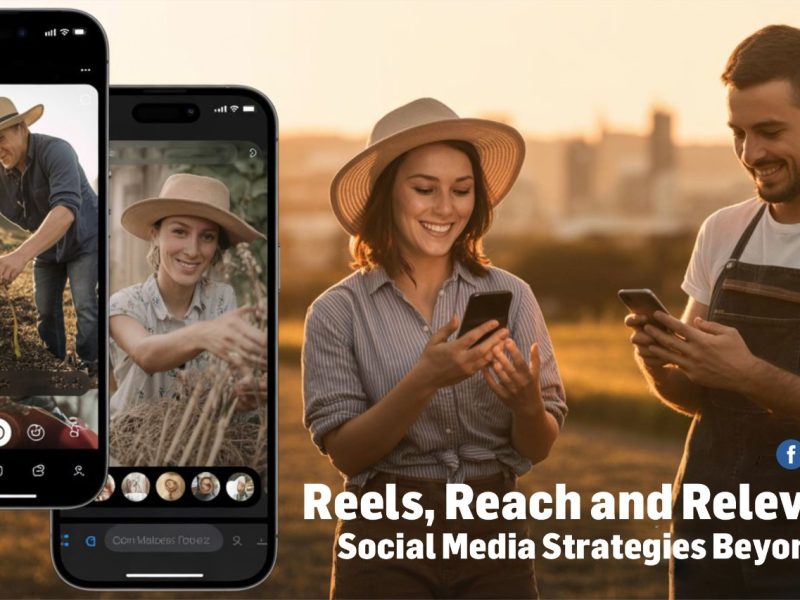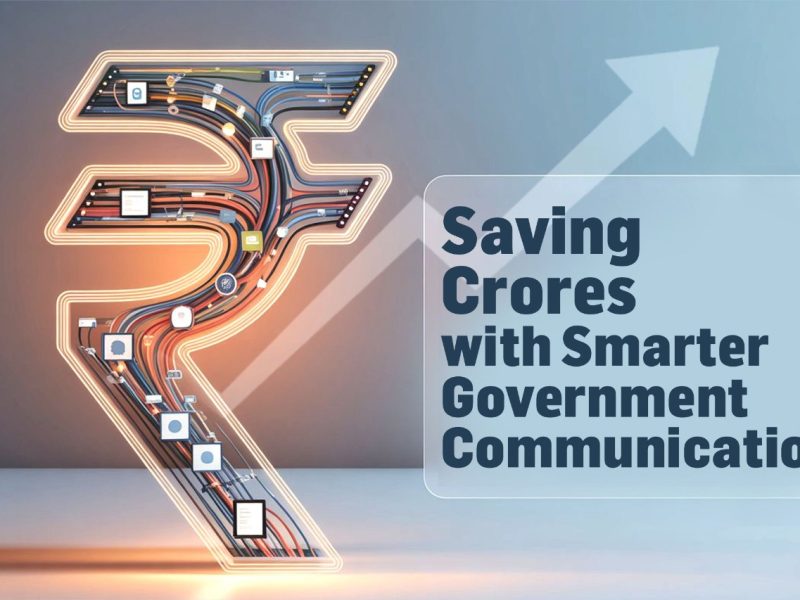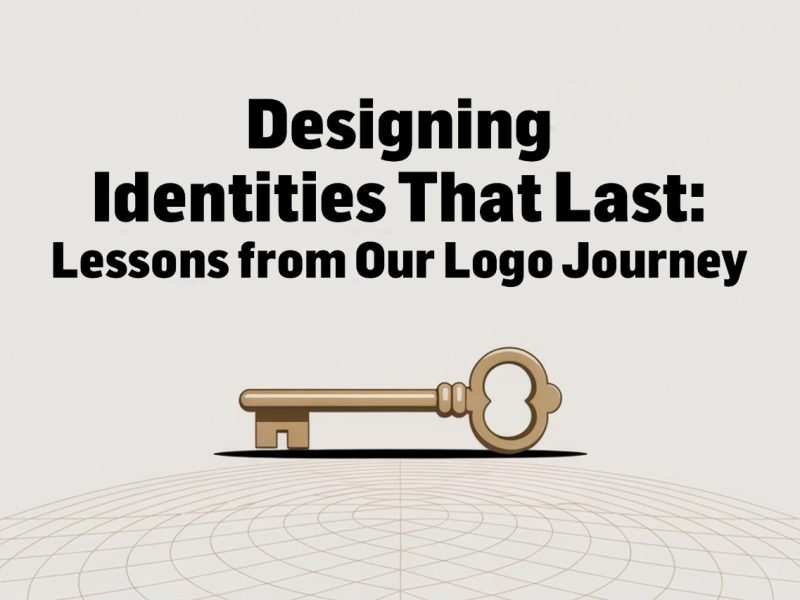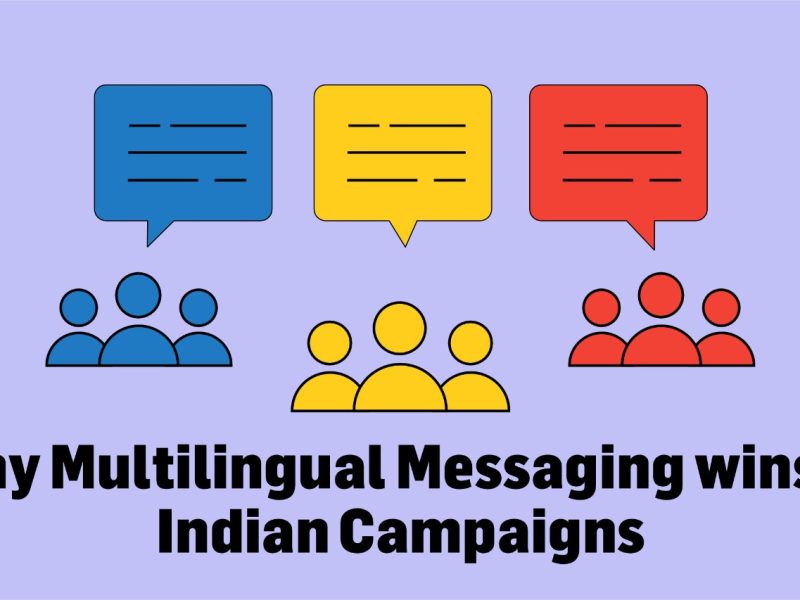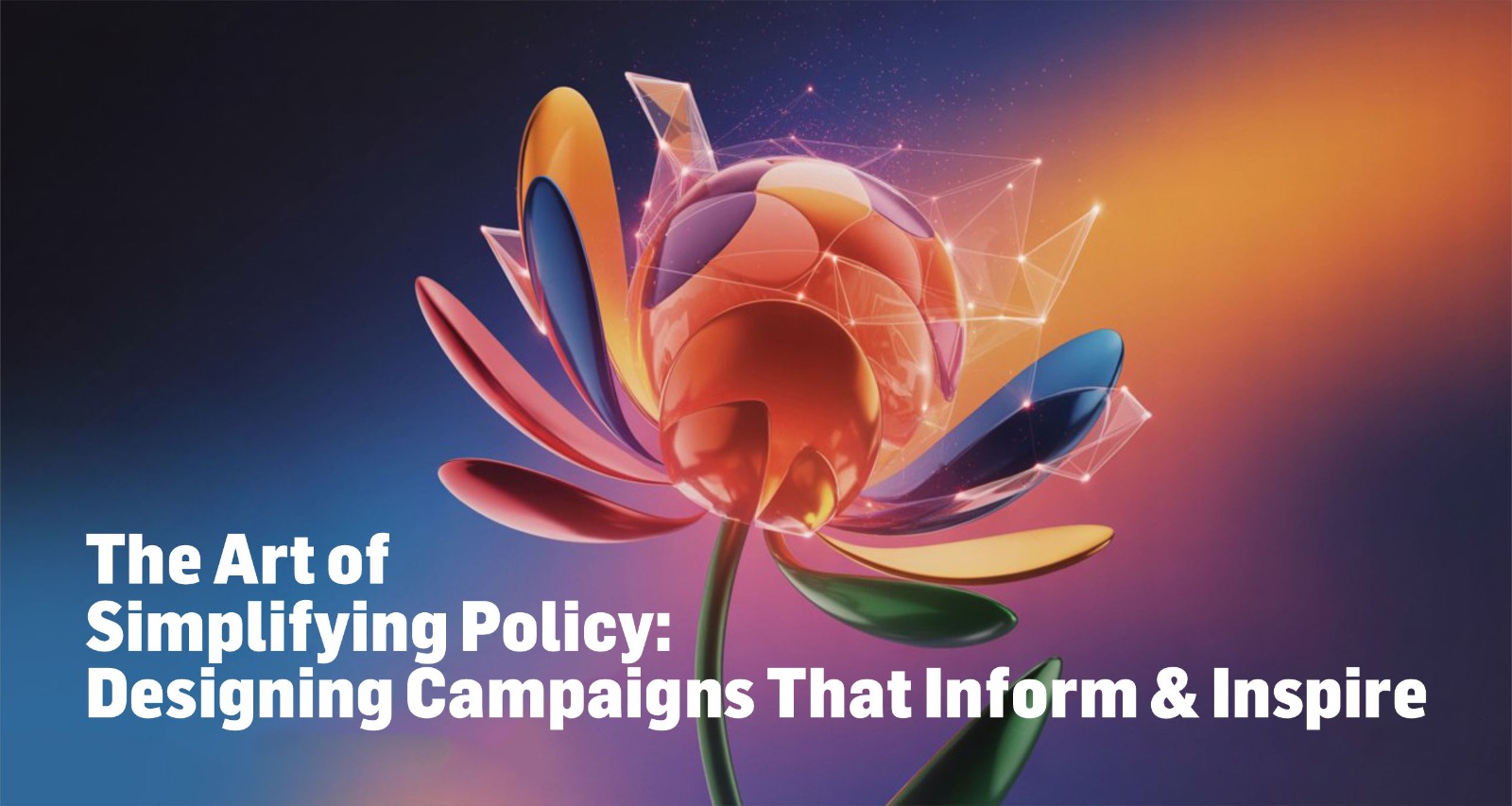
The Art of Simplifying Policy: Designing Campaigns That Inform & Inspire
Have you ever tuned out a government ad halfway through? Not because you didn’t care—because you didn’t understand. Why does policy feel like a maze of jargon when it could be a story?
In India, where diversity runs deeper than dialects and where attention spans compete with scrolls, advertising agencies carry a silent but powerful responsibility—to translate governance into emotion, policy into people-speak. Designing impactful awareness campaigns for government schemes in India is not just a creative brief; it’s a civic duty. And in the age of WhatsApp forwards and Instagram Reels, doing it well is both art and science.
From Bureaucratic Blur to Public Pulse
Policy is essential. But policy, if not decoded, can feel alien to the people it aims to serve. Think of campaigns around PM-KISAN, Jal Jeevan Mission, or Digital India—each with noble objectives, yet often burdened with technicalities. Enter the advertising agency.
A modern-day agency’s task is not just about crafting slogans—it’s about humanising governance. Through simplified policy communication strategies, agencies convert a 40-page government mandate into a 40-second heartbeat. Here, policy storytelling in Indian advertising becomes a transformative tool. You are not promoting a product—you’re selling empowerment, trust, and clarity.
Take the “Do Gaj Ki Doori” campaign during COVID-19. It wasn’t loaded with complex health ministry terminologies. It used rhyme, rhythm, and repetition—an age-old Indian technique of mnemonic recall. That’s the blueprint: emotive public service messaging in India.
The Core Philosophy: Visual Simplicity, Emotional Complexity
The best public policy awareness campaigns by Indian agencies strike a rare balance—visually simple, emotionally dense. Rural and urban audiences consume media differently, but both seek stories that reflect their lived realities.
A good example? The “Swachh Bharat” campaign. It didn’t just urge cleanliness; it made it a matter of national pride. It moved beyond dustbins to dignity. The use of influencers, animations, street plays, and school-based communication reflected how grassroots-level campaign design creates ripple effects when coupled with behavioural storytelling in policy ads.
https://www.medianews4u.com/ogilvy-delhis-campaign-swachh-bharat-mission-attempts-curb-open-defecation/
Targeted Messaging: One India, Many Minds
A key challenge lies in segmentation. India isn’t one audience; it’s 138 crore different lived experiences. Hence, multilingual government campaign strategy becomes crucial. Policy communication cannot afford to be monolithic. It must feel personal, cultural, and local.
Campaigns for initiatives like UDAN (regional air connectivity) needed both aspiration-driven visuals for urban dwellers and affordability-driven messaging for rural flyers. The creative language differed, but the heart remained the same.
With the rising popularity of platforms like Moj, ShareChat, and YouTube Shorts, regional content marketing in government schemes is now mainstream. Agencies that understand hyperlocal digital content for governance will continue to dominate this space.
Trust is the True KPI
While we track views, impressions, and reach, the real impact lies in behavioural change. That’s where authentic public service campaign narratives win. People must not feel sold to—they must feel understood.
For instance, the “Main Bharat Hoon” campaign by the Ministry of Culture wasn’t just an anthem—it was a mirror. It reflected how each Indian contributes to the national fabric. This is identity-based communication for civic engagement, a strategy that merges patriotism with policy.
The Role of Design & Typography in Public Campaigns
Simplicity is not minimalism. Simplicity is empathy. From the font size of a ration card message to the animation in a PF withdrawal video, design thinking for government outreach matters. Colour psychology, font legibility, iconography—all shape accessibility.
Inclusive visual design in public communication ensures the message reaches the elderly, the semi-literate, the first-time voter, the tech-novice. It’s not just aesthetics; it’s equity.
Digital Integration Is No Longer Optional
In 2025, policy doesn’t wait for the evening news. It trends at 9 AM on X (formerly Twitter), hits YouTube at 10, and becomes a meme by noon. Hence, real-time digital strategy for government campaigns is essential.
Agencies need to design for virality, but with integrity. Edutainment for policy promotion—animated shorts, creator collaborations, and gamified learning—turn passive citizens into participants.
This YouTube campaign for Jan Dhan Yojana uses humour to simplify finance:
Conclusion: The Responsibility of Clarity
So, can a government scheme be beautiful? Can a policy feel like a story you want to retell? Can bureaucracy spark belonging? Yes—when it is simplified with intent and designed with heart.
Agencies hold the paintbrush to a public canvas. And their masterpiece isn’t in how loudly they speak—it’s in how deeply they’re understood. The success of any public policy awareness campaign in India rests on empathy, not ego.
As citizens become more questioning and digital platforms become more fragmented, only those who blend policy empathy with creative clarity will lead the way in inspiring behavioural change through public communication.

